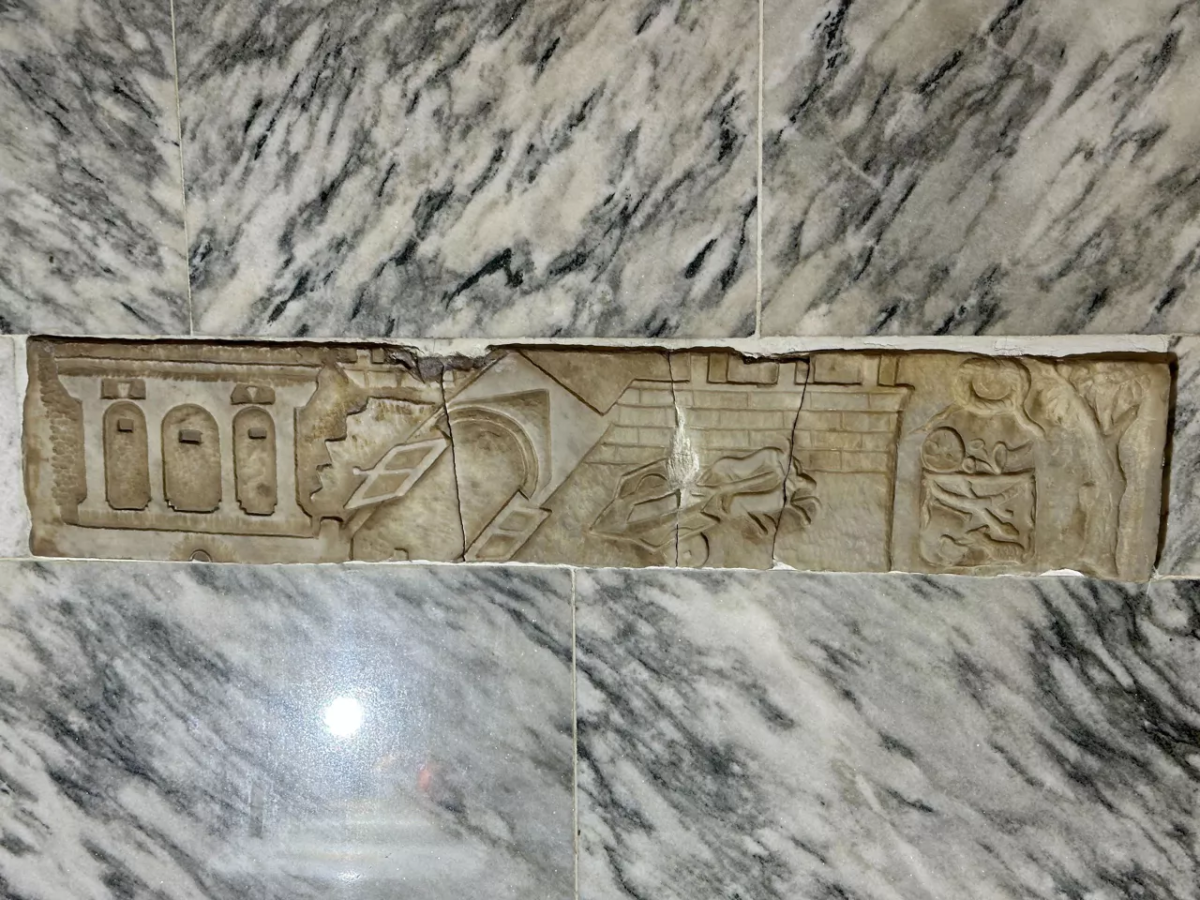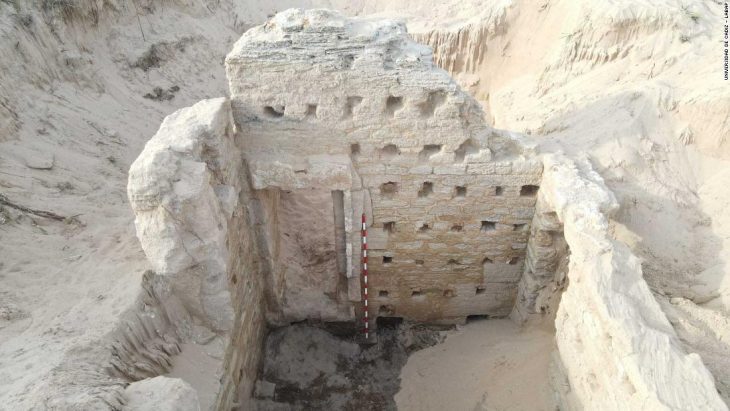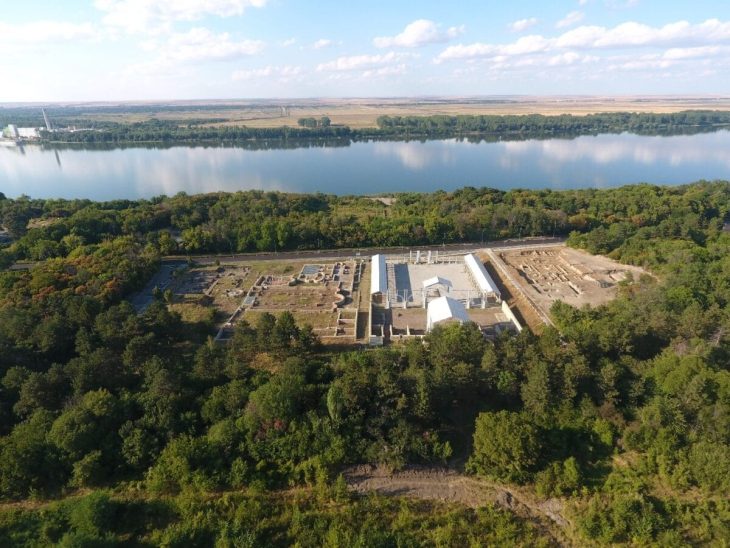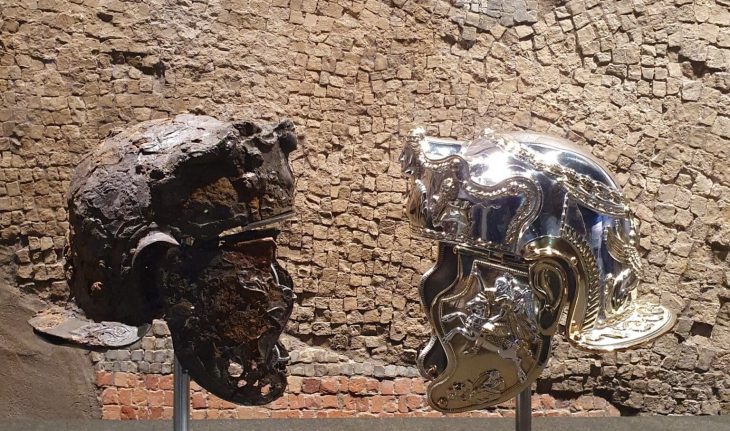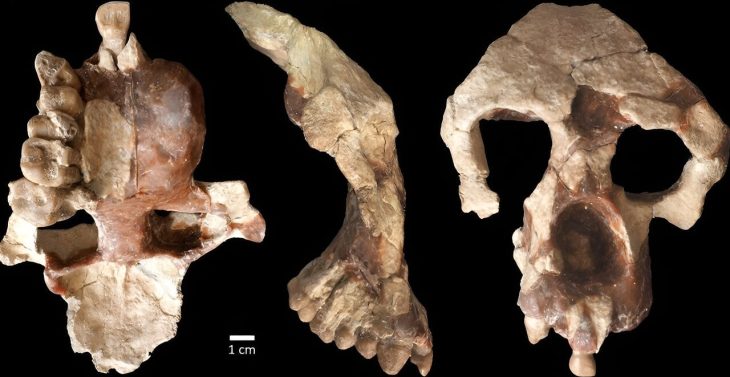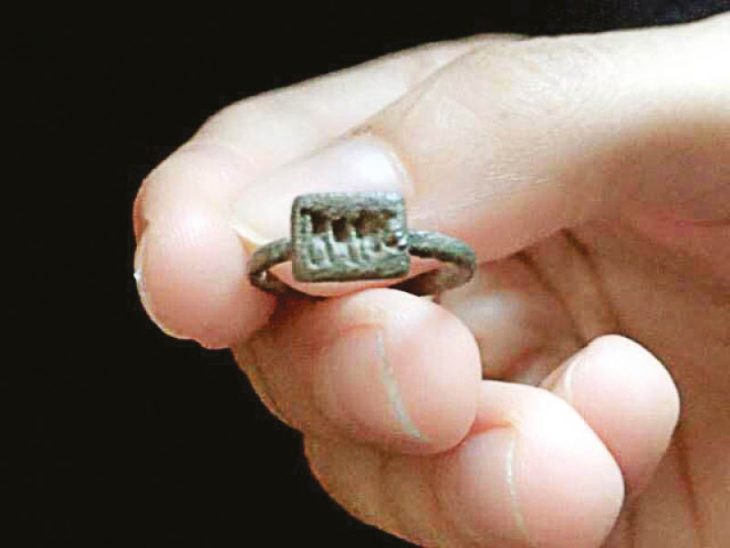An important marble relief depicting the earthquake of 62 AD, stolen from the ruins of ancient Pompeii in Italy in 1975, was found in a family home in the quiet village of Herzele in Belgium’s East Flanders region.
For 50 years, the ancient marble artifact has been installed in a wall lining the staircase leading down to the basement. The homeowner’s son, Geert de Temmerman, explained that the mini monument had been brought back from Pompeii as a souvenir five decades ago.
On a family vacation to Italy, Geert de Temmerman’s father was offered the artwork by an anonymous man who fled the scene as soon as the deal was over. Not realizing the importance of the object, the family installed it in their house as a decorative feature.
Curiosity about the marble’s worth prompted the family to seek professional assistance as they prepared to sell their home. The Gallo-Roman Museum in Tongeren (Limburg) experts were astounded to discover its authenticity.
The marble relief sculpture, which dates from around 62 C.E., is a narrow strip depicting an earthquake that occurred that same year. Most notably, it depicts the Pompeii gates collapsing. The marble relief had been stolen on July 14th, 1975, from the house of banker L. Caecilius Iucundus where it originally hung above the atrium altar.

The head of exhibitions at the Gallo-Roman Museum, Bart Demarsin, confirmed that the relief matched another piece depicting the same earthquake.
“It closely corresponds to the original piece that we recognize from the photos,” confirmed Bart Demarsin, the museum’s head of exhibitions, speaking to VRT NWS. “That piece corresponds to a similar piece, which also depicts buildings that collapsed during that earthquake.”
The marble will undergo further research to confirm its authenticity, after which it can be reunited with its companion piece in Pompeii’s Antiquarium.
“It’s the cultural heritage from Pompeii, and it belongs there,” said An Christiaens, deputy mayor of culture for the local city of Tongeren.
Local police opened an investigation into how this pilfered treasure ended up in a Belgian home after the artifact was identified. Meanwhile, the family expressed hope for potential compensation, citing the long-term preservation of the artifact.
Cover Photo: Des Temmermans

